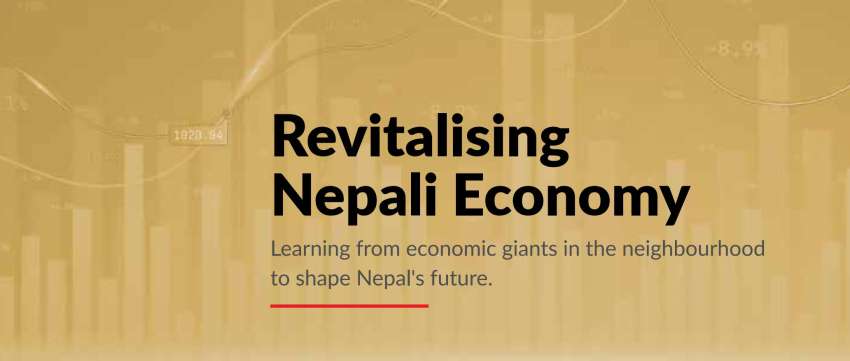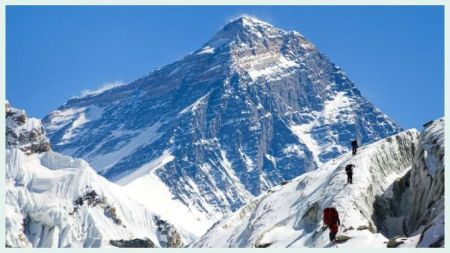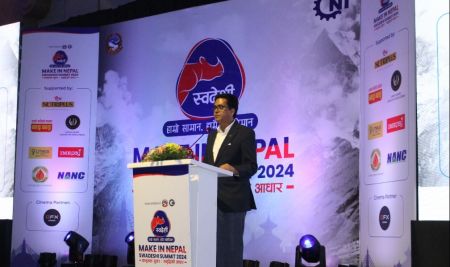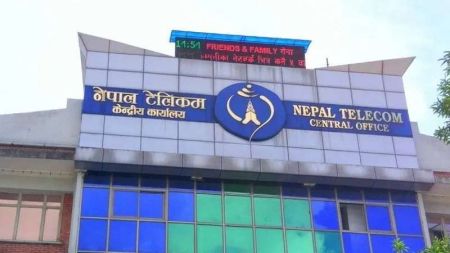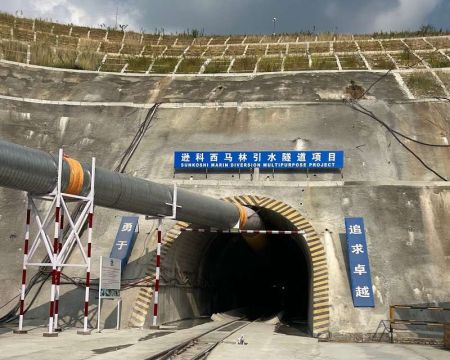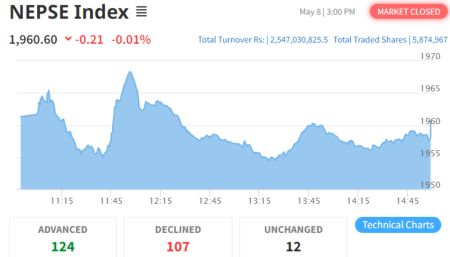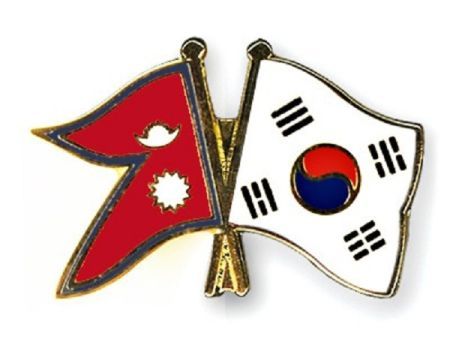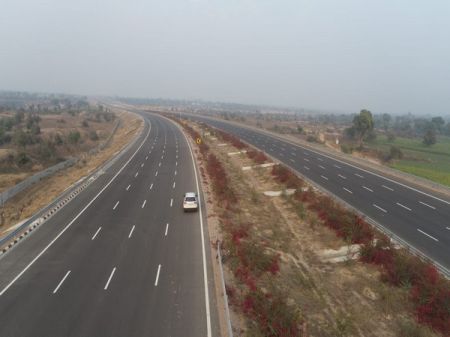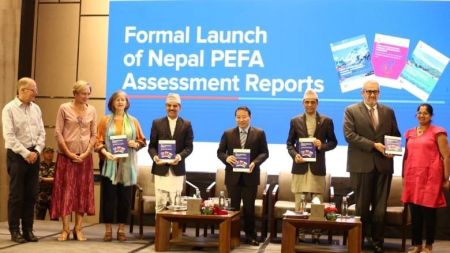BY Prof dr. Kamal Raj Dhungel
Nepal, nestled between the populous giants of India and China, is smaller than these countries in terms of both population and geography. However, the crucial factor in evaluating a nation's standing is not its geography or population, but the size of its economy. India and China boasted economies of $1.86 trillion and $9.57 trillion, respectively, in 2013. These figures surged to $3.42 trillion and $17.96 trillion in 2022, representing growth rates of 84% and 88%, respectively. Similarly, the size of Nepali economy, which was $22.16 billion in 2013, has seen an 82% increase to $40.43 billion in 2022.
The per capita GDP as the proxy for per capita income is employed to measure the living standards of its people, Traditionally, income or per capita GDP has been a yardstick for measuring living standards of people. In 2013, Nepal's per capita GDP stood at $809.4, lagging behind $1,438.1 of India and $7,020.4 of China, according to the World Bank. By 2022, the per capita GDP of Nepal, India and China rose to $1,336.5, $2,410.9, and $12,720.2, reflecting increases of 65%, 68%, and 81%, respectively.
This data reveals that Nepal significantly lags behind its neighbours in terms of both economic size and per capita GDP. Nepal has failed to learn from its more economically successful neighbours. Rather than adopting a path of innovation and economic diversification, Nepal has predominantly relied on sending its workforce abroad for livelihoods. The contribution of both the manufacturing and agriculture sectors, which are critical pillars of the economy, are dwindling. These sectors, with the potential to generate employment, are witnessing a decline in their contribution to GDP. The share of manufacturing, which contributed 6% of GDP in 2013, has fallen to 5% in 2022, a reduction of 16.6%. Similarly, the share of agriculture, which accounted for 28.6% of GDP in 2013, decreased to 21.1% in 2022, marking a decline of 26.2%. This failure to explore and invest in alternative sectors signifies a pessimistic outlook for the overall development of the Nepali economy.
Hydropower, tourism, Himalayan herbs, health, and education stand out as potential sectors for the development of the Nepali economy. However, these sectors have not garnered much attention, as their current contributions to GDP remain insignificant. Recently, hydropower has emerged as an important sector, attracting interest and investment from both the private and public sectors. This is primarily due to the potential export of electricity to the Indian market. The Indian government has granted permission to its entities to import up to 10,000 MW of hydropower from India over a period of 10 years. However, the likelihood of achieving such a huge electricity export within a decade is remote due to both financial and technical constraints. The country will face significant challenges to generate 25,000 MW in 10-year’s time as the domestic demand is projected to reach 15,000 MW after a decade.
The tourism industry, if given due attention, could become a prominent sector for employment generation, thereby helping to boost the economy. Currently contributing nearly 2% to the GDP, the tourism sector has the potential to increase its share to 8-10% in the near future, particularly by attracting Indian and Chinese tourists as they get richer over time. The development and promotion of religious sites, the extension of cable car facilities to access hilltops for panoramic views of the Himalayas, and the construction of trekking trails are important measures that the state must take to attract tourists to Nepal. Additionally, there is significant untapped potential in the form of Himalayan herbs which could contribute substantially to the Nepali economy.
However, a significant number of youths are migrating due to the scarcity of employment opportunities in the country. Remittance has evolved into the primary source of livelihood for a majority of people. The declining engagement in agricultural activities in rural areas is pushing people to relocate to nearby cities in search of livelihood. However, the influx into urban areas remains minimal primarily due to the lack of job opportunities for the working age people. This is forcing rural youths to seek livelihoods abroad. This trend of migration is not for rural youths only; it equally affects educated youths in urban areas. These individuals send remittances to support family members residing in Nepal. Consequently, over the past three decades, remittance has emerged as the lifeline of the Nepali economy, contributing 22.8% to the total GDP in 2022. In comparison, its share in the GDP of India and China is 3.3% and 0.1% percent, respectively. To make Nepal a livable country, we need to understand how the economies of our neighbours have prospered over time.
(Prof Dr Dhungel is an Economist)


